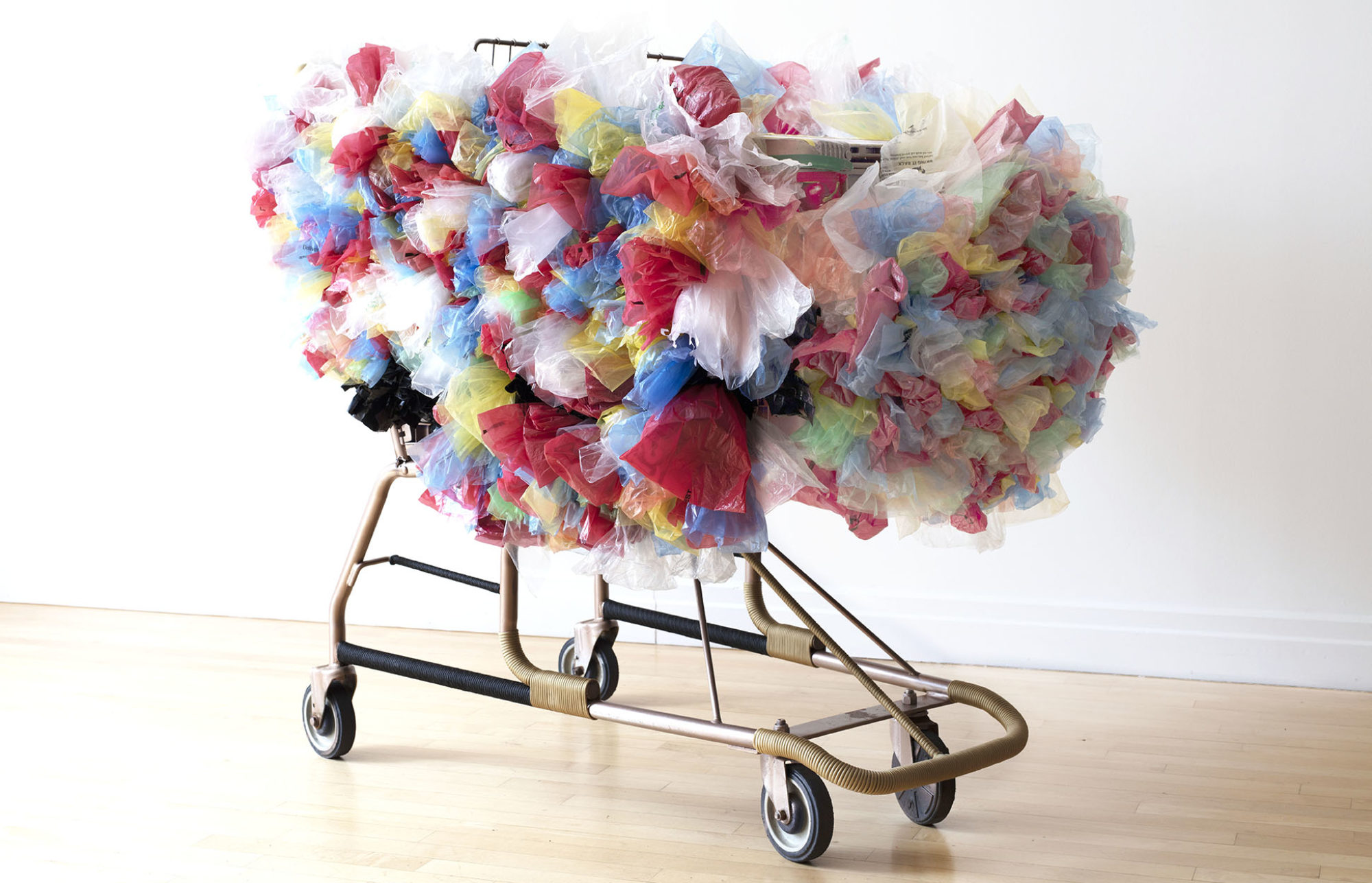I am having one of those bittersweet, full-circle moments, the kind where disappointment and delight show up holding hands.
While going deep down the rabbit hole researching altered tins and assemblage artists, I landed on not one, but two videos about Sari Dienes. And suddenly I was hit with a realization:
How did I forget her?
I know I’ve seen Sari’s work before, likely in some New York museum or gallery when I was a teenager roaming the city hungry for art, I didn’t yet have language for. I remember being struck by her permission to use anything, flattened tin cans, driftwood, street rubbings, debris, as treasured material. Her rhythm felt familiar. Like a cousin I didn’t know I had.
And yet… I never truly clocked her. She was buried somewhere in the unlabeled vault of “things I’ve seen that shaped me before I knew they had.”
So yes, I am disappointed in myself for not being conscious of that connection earlier. For not honoring an influence sooner. For all the times I’ve spoken about assemblage without saying her name.
But oh, how grateful I am to meet her again now, not as a teenager looking up at art, but as an artist looking sideways across time, recognizing a fellow traveler.
This is why I thankful to the University of YouTube. My YouTube MFA studies are ongoing and fully immersive. Tuition is free but the tuition cost is humility, the willingness to admit that everything I think I know must be periodically burned down to make room for what I do not yet know.
I am learning to surrender certainty. To let curiosity guide me instead of credentials.
So here I am, deep in the tin shrine, reliquary, assemblage wormhole, and Sari Dienes has entered the chat like a long-lost friend tapping me on the shoulder saying:
“I’ve been waiting for you to notice.”
And now that I have, I’m listening.






